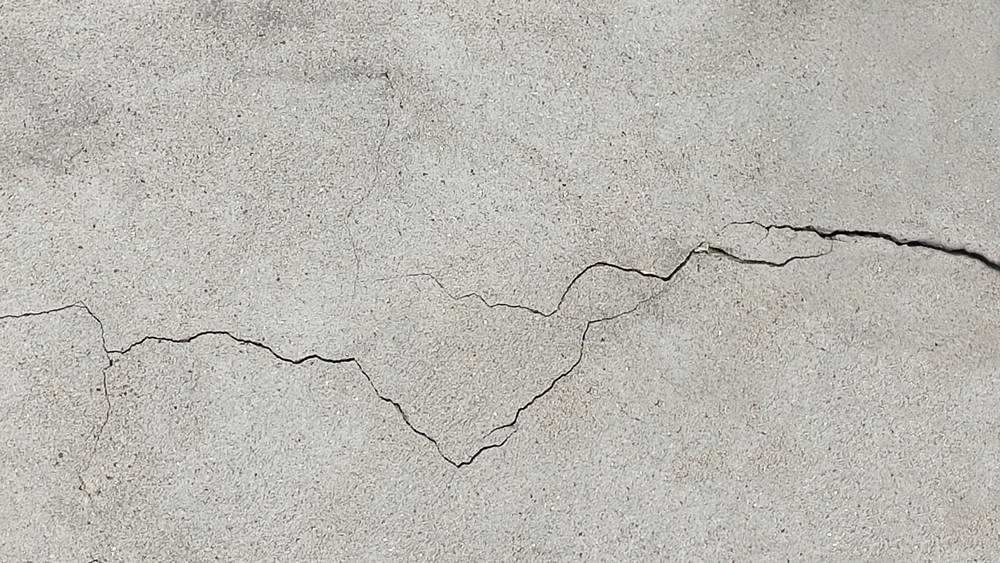Sciatica is a condition characterized by pain radiating along the sciatic nerve, which runs from the lower back through the hips and down each leg. This pain can range from mild discomfort to severe, debilitating pain, often accompanied by tingling, numbness, and muscle weakness. Effective treatment options for sciatica vary based on the severity and underlying causes of the condition, and these approaches can include lifestyle changes, physical therapy, medications, and in some cases, surgery.

Understanding Sciatica and Its Causes
Sciatica generally results from irritation or compression of the sciatic nerve. Common causes include herniated discs, bone spurs, spinal stenosis, and other spine-related issues. In some cases, lifestyle factors like prolonged sitting, poor posture, and physical inactivity can contribute to the risk of developing sciatica. Understanding the underlying cause of sciatica is essential to finding the most effective treatment options.
For a comprehensive overview of the causes, symptoms, and common treatments for sciatica, check out Medical News Today.
Diagnosis and Initial Assessment
Diagnosing sciatica typically involves a physical examination and may include imaging tests like X-rays, MRI scans, or CT scans to determine the cause and extent of nerve compression. During the examination, a doctor might check for signs of muscle weakness, reflex changes, and pain patterns. Identifying the exact cause of the sciatic pain is crucial in guiding effective treatment decisions.
More information on sciatica diagnosis and treatment can be found in the research available on PMC.
Non-Surgical Treatment Options for Sciatica
Most cases of sciatica can be managed with non-surgical treatments, especially in the early stages. Here are some commonly recommended methods:
- Physical Therapy: Specific exercises can strengthen the muscles supporting the lower back, improve flexibility, and help alleviate pressure on the sciatic nerve. A physical therapist can create a personalized exercise plan that gradually improves movement and reduces pain.
- Heat and Ice Therapy: Applying heat or ice to the painful area can help reduce inflammation and alleviate pain. Ice packs can be used in the initial stages to reduce swelling, while heat therapy can relax the muscles later.
- Medications: Over-the-counter pain relievers, such as ibuprofen or acetaminophen, may be helpful in managing mild to moderate pain. For more intense pain, a doctor may prescribe stronger pain relievers or muscle relaxants.
- Chiropractic Adjustments: Some people find relief from chiropractic spinal adjustments, which can help improve spinal alignment and reduce pressure on the sciatic nerve.
These non-surgical methods are often effective in managing sciatica symptoms and may prevent the need for more invasive treatments. For further insights into self-care and at-home remedies, consider reading Harvard Health.
Alternative Therapies for Sciatica Relief
Alternative therapies can provide additional relief for those suffering from sciatica. While these methods may not replace traditional treatments, they can complement other approaches:
- Acupuncture: Acupuncture has shown potential in helping to relieve pain and improve function in patients with sciatica. The treatment involves inserting thin needles into specific points on the body to stimulate nerves and reduce inflammation.
- Massage Therapy: Massage can help relieve tension in the muscles around the lower back and buttocks, potentially reducing nerve pressure. Techniques such as deep tissue massage or myofascial release may offer particular benefits.
- Yoga and Stretching: Practicing yoga poses that focus on lower back and hamstring stretches can relieve sciatic pain and improve flexibility, reducing the likelihood of further flare-ups.
These alternative treatments, when combined with conventional therapies, may improve the overall management of sciatica. Always consult a healthcare provider before trying alternative treatments, especially if your condition is severe.
When Is Surgery Considered?
Surgery is typically reserved for cases where sciatica pain does not respond to conservative treatments after several months or if there are significant neurological issues, such as severe muscle weakness or loss of bowel or bladder control. Surgical options include:
- Microdiscectomy: This procedure involves removing a small portion of a herniated disc that is pressing on the sciatic nerve.
- Laminectomy: A surgeon removes a part of the vertebra, known as the lamina, to relieve pressure on the nerve roots.
Studies have shown that surgery can provide relief more quickly than conservative treatment in severe cases, although the long-term outcomes are often similar. For more information on the effectiveness of surgery compared to prolonged conservative treatment, you can review the study published in the New England Journal of Medicine.
Post-Treatment and Recovery
Recovery from sciatica varies depending on the treatment approach and individual factors. Here are some general tips for recovery and preventing future episodes:
- Regular Exercise: Engaging in regular physical activity strengthens the muscles around the spine and improves flexibility, which can reduce the likelihood of future sciatica episodes.
- Maintain Good Posture: Proper posture when sitting and standing helps keep the spine aligned, reducing strain on the sciatic nerve.
- Ergonomic Adjustments: Adjusting workstations to promote better posture and reduce strain on the back can help, especially for those who spend long periods sitting.
- Use Supportive Footwear: Supportive shoes can alleviate pressure on the lower back and improve overall spinal health.
Consistent adherence to these practices can help manage symptoms and minimize the recurrence of sciatica. For more tips on managing sciatica long-term, the NHS offers valuable advice and resources.
Final Thoughts on Sciatica Treatment
Sciatica is a manageable condition with the right combination of treatments tailored to each individual. While non-surgical treatments and lifestyle modifications can alleviate symptoms in many cases, severe cases may require surgical intervention. Consultation with healthcare professionals, including physical therapists and specialists, can help determine the best course of action based on the underlying cause of sciatica.
For a deeper understanding of sciatica and its treatment options, explore reputable sources, consult healthcare professionals, and consider incorporating multiple strategies to address pain, mobility, and long-term health.



